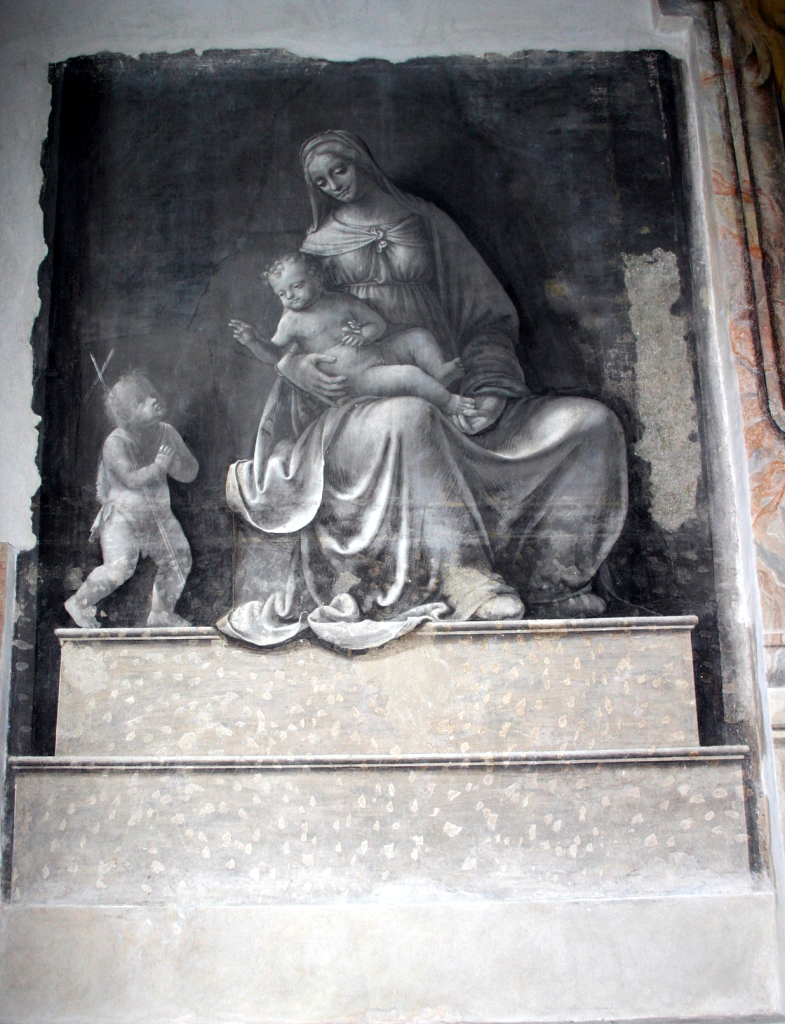The Pitch
“La vie en Rose” ….
Inspired by nature’s majestic beauty, this pièce unique dedicated to women was conceived and crafted by the artisans of DeLaneau. The dial depicts a bouquet of roses reproduced with a grisaille like painting on pink enamel. The Dôme Romantic Time is an ode to femininity, infused with softness and lightness…
How does it work?
The Dôme Romantic Time is powered by an automatic movement – the Caliber 1150 by Frédéric Piguet. It features hours and minutes and offers a 72-hour power reserve.
What is power reserve?
In short, the power reserve is the amount of time the movement will have energy before you need to wind the watch again. We also speak about a watch’s autonomy.
Additional technical features:
Size of the watch: 36 x 39 mm
Thickness: 11 mm
Reference: DOM40104 WG FAN03
Distinctive sign: The Dome-shaped case
First inspired by the letter “D”, the dome case finds its roots and inspirations in architecture. It is usually composed of the upper half of a sphere over a square base. The sphere represents perfection, eternity, and the heavens, whilst the square represents the earth.
Here the white gold Dome case is set with 297 diamonds and a diamond cabochon on the crown.
That little extra something
Grand Feu enamelling consists in the fusing of glass to metal under high heat conditions. Through the years, a variety of enamelling techniques has been developed. Some involve how the metal is prepared and some involve how the enamel is applied.
The artisans at DeLaneau master over 9 different enamel techniques: champlevé, grisaille, miniature painting, enamel in volume, transluscent enamel, pointillism, paillon, plique à jour and cloisonné.
For the Dôme Romantic Time, DeLaneau artisans have used the Grisaille technique.
What is Grisaille?
Grisaille refers to a monochrome painting technique entirely executed in shades of grey or another neutral greyish.
In painting, Grisaille is a pictorial technique equivalent to “chiaroscuro” as specified by Giorgio Vasari (30 July 1511 – 27 June 1574; Italian painter, architect, writer, and historian). It only uses shades of the same color to imitate marble, stone or bronze. By its principle, it is like camaieu in its variant using several shades of the same color. Grisaille has often been used for preparatory drawing, sketching or to prefigure a final painting or even as underpainting.
Grisaille was often deliberately chosen in order to create a special visual effect, traditionally to create the illusion of a sculpture, especially relief. This aspect of grisaille was particularly used in the 15th century by Flemish painters and in the late 18th century to imitate classical sculpture in wall and ceiling decoration.

Madonna and Child and John the Baptist as a child. Leonardesque grisaille fresco in the third chapel of the left nave in san Marco church at Milan. Picture by Giovanni Dall’Orto, April 14 2007. (Foto di Giovanni Dall’Orto, 14-4-2007)
In glass painting, grisaille refers to the gray vitreous pigment used for coloring glass following the stained-glass technique (metallic oxides are added before cooking the glass). For French artists, grisaille also relates to any painting technique in which translucent oil colors are laid over a monochrome underpainting. This technique provides a dramatic effect of light and shade and an enhanced sense of three-dimensionality. Grisaille enamels were developed in France in the 16th century by the Limoges school.
More about DeLaneau: www.delaneau.com